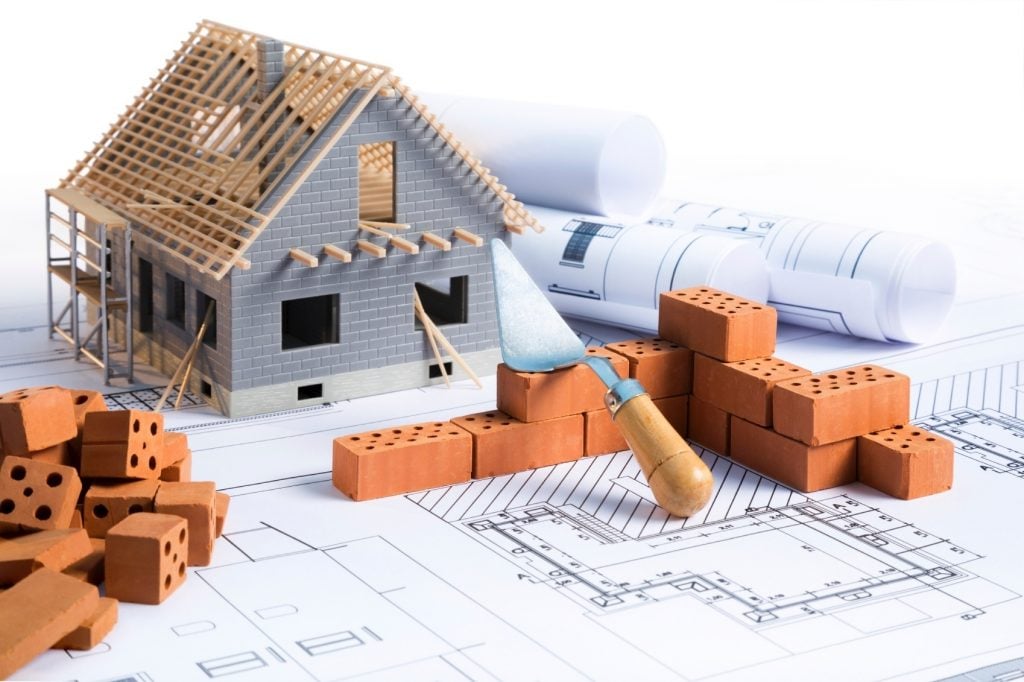When it comes to home renovations, even small projects can carry significant costs. For homeowners in the USA, tackling these updates requires both planning and financing. Whether you’re thinking about remodeling your kitchen, updating a bathroom, or improving the overall aesthetic of your home, it’s essential to find a financing solution that aligns with your budget and goals.
The good news is that there are multiple financing options available, specifically designed to cater to homeowners with varying needs and credit profiles. In this guide, we’ll explore some of the best financing options for small home renovations, helping you choose the right one for your project. We’ll break down the advantages and drawbacks of each, so you can make an informed decision.
Understanding home equity loans

Home equity loans are a popular financing option for homeowners looking to fund small renovations. This type of loan allows you to borrow against the equity you’ve built in your home, often at lower interest rates than other borrowing options. Additionally, they can provide predictable fixed payments, making them a stable choice for budgeting your renovation costs.
The equity is calculated as the difference between the current value of your home and what you owe on your mortgage. Once approved, you receive a lump sum that can be used for your renovation project, giving you the flexibility to cover various expenses, from materials to labor costs.
Benefits of home equity loans
One of the main benefits of home equity loans is the fixed interest rate. This provides predictable monthly payments, which is ideal if you’re working within a strict budget. You’ll know exactly what to expect every month, which can be reassuring when managing a renovation project.
Additionally, the interest you pay on a home equity loan is often tax-deductible if used for home improvements, though it’s always wise to consult with a tax advisor to confirm your eligibility. This potential tax benefit can make home equity loans even more attractive for renovation projects.
Drawbacks to consider
However, there are some drawbacks to consider before opting for a home equity loan. Since this loan is secured by your home, you’re putting your property at risk if you fail to make payments, which underscores the importance of having a solid repayment plan.
It’s also worth noting that home equity loans are best suited for larger projects, typically above $10,000, as lenders often have minimum borrowing limits. For smaller renovation projects, this option might be excessive unless you plan on using the loan for multiple improvements.
Personal loans for flexibility
If you’re looking for more flexibility or don’t have enough home equity to leverage, a personal loan might be a better option. Personal loans are unsecured, meaning you don’t need to put your home up as collateral. These loans can be used for almost anything, including home renovations, and they offer quick access to funds.
Advantages of personal loans
Personal loans are ideal for smaller renovations, especially those ranging between $2,000 and $15,000. They typically come with fixed interest rates, providing predictable monthly payments similar to a home equity loan, but without the need to use your home as collateral.
Another advantage is the speed of approval—personal loans are often approved within a few days, making them a good option if you need to start your project quickly. Furthermore, since personal loans are unsecured, your home won’t be at risk if you default on the loan
Factors to keep in mind
However, personal loans come with higher interest rates compared to secured loans like home equity loans. This is because the lender takes on more risk by not requiring collateral, making it essential to shop around for the best rates. Comparing offers from multiple lenders can help ensure you find the most competitive terms.
Therefore, it’s important to have a strong credit score to secure favorable terms. Borrowers with lower credit scores may be offered higher interest rates, which can make this option less appealing, especially for larger renovation projects. Taking time to improve your credit score before applying for a loan can lead to significant savings.
Using a 0% APR credit card
For very small home renovation projects, a 0% APR credit card can be a simple and cost-effective financing solution. Many credit card issuers offer introductory 0% APR periods, typically ranging from 12 to 18 months. During this time, you won’t accrue any interest on your purchases, making it a great option for short-term financing.
When a 0% APR credit card is useful
This type of financing is particularly beneficial if your renovation costs are under $5,000 and you’re confident you can pay off the balance before the promotional period ends. If you manage to pay off the balance within the 0% APR period, you can essentially finance your renovation interest-free. This is a smart option for projects like painting, new fixtures, or minor landscaping.
The potential risks
However, if you’re unable to pay off the full balance before the introductory period expires, you could be hit with high interest rates. After the promotional period, rates can climb to 18% or higher, making it a costly option if you’re not careful. Additionally, this option requires financial discipline.
It’s easy to let a credit card balance linger, especially when no interest is accruing during the promotional period. However, it’s important to remember that once the promotional period ends, high-interest rates can quickly add to your debt if the balance isn’t paid off.
Careful planning and budgeting are crucial to avoid falling into debt, ensuring that your renovation costs remain manageable and within your financial capacity. Setting a clear repayment schedule during the promotional period can help you stay on track and avoid unnecessary financial strain.
Small home renovations can enhance your living space and even increase the value of your property, but they can also come with substantial costs. Whether you choose a home equity loan, a personal loan, or a 0% APR credit card, it’s important to weigh the pros and cons of each financing option.
Understanding your financial situation, the scope of your renovation, and your ability to repay the loan will help you select the best solution for your needs. With the right financing in place, you can transform your home without the added stress of financial strain.






